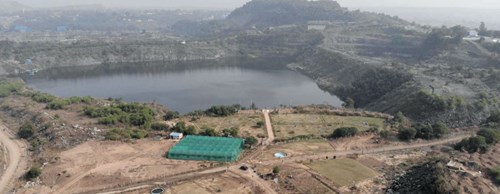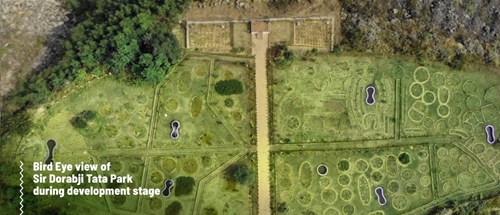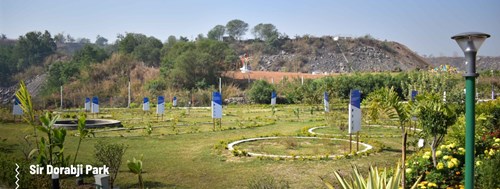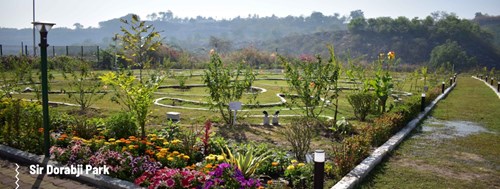Biodiversity management at West Bokaro mines
BACKGROUND
Often, the most prospective areas for the mining and metals industry, will be those with the greatest biodiversity value. Plus, it is a known fact that mining, by its very nature, can have significant direct and indirect environmental and social impact on the ecosystem.
In an independent multi-stakeholder analysis of how the mining industry can maximize its role in the transition to sustainable patterns of development, the 'Mining, Minerals and Sustainable Development' (MMSD) project initiated by the International Institute for Environment and Development, highlighted the need for the mining industry to improve its performance in biodiversity assessment and management.

Towards this goal, Tata Steel collaborated with International Union for Conservation of Nature (IUCN) in 2011-12 to develop a potential framework for a Biodiversity Policy for the entire company and all its facilities. As part of this exercise, a comprehensive Biodiversity Management Plan (BMP) was developed for the West Bokaro Colliery (WBC) located in Ramgarh District, Jharkhand.
IMPLEMENTATION
The Biodiversity Management Plan (BMP) provides practical guidance for the progressive restoration and enhancement of biodiversity within the mine, and in adjacent impacted areas possible. Absent offsetting measures and mine attributable impacts will continue through and beyond the years of planned mine operations. Potential for impacts of greater concern with regard to biodiversity conservation and risks to companion ecosystem services were identified based on:
- A review of the nature of mine operations
- The findings of the WBC Biodiversity assessment
- Consideration of the mines contribution to cumulative effects

IMPACT
The suite of measures proposed in the plan included incorporation of some environmentally oriented industrial land use to avoid, minimize, rectify, and/or compensate impacts to biodiversity resulting from mining activity at WBC. The measures proposed are intended to build on commitments already made in conjunction with the mines regulatory approvals and ongoing mitigation programs already under way at the WBC.
The recommended biodiversity restoration and enhancement measures are grouped to address three key interlinked ecosystem components:
- Biological Environment
- Social, Economic & Cultural Environment
- Physical Environment
Other initiatives and activities undertaken at WBC include:
1. Development of Nursery for Native Species
-
Development of Butterfly Park, Hibiscus Park, Spice Garden, Fountain Park and Miyawaki Plot
- Re-vegetation Program in disturbed areas, e.g. Safety zone, Old dump and avenue plantation
2. Top Soil Management Plan
3. Dump Stabilisation












